Have you ever gazed into the ocean's depths and felt that undeniable pull? That whisper of mystery, the allure of a world teeming with vibrant life just beneath the surface? For centuries, humans have been drawn to the underwater realm, seeking to connect with its serene beauty. If you're feeling that call, you've probably wondered: how do I get down there?
Well, my friend, you've got two incredible paths to choose from: freediving and scuba diving. Both offer a ticket to an alien world, but they're as different as a whisper and a song. In this article, we're going to explore both, helping you figure out which underwater adventure truly calls to your soul. Ready to take the plunge? Let's go!
Freediving: The Art of Becoming One with the Ocean
Imagine gliding effortlessly through the water, propelled only by your own strength, the only sound the gentle sway of the currents. That's freediving for you – it's all about holding your breath and becoming a seamless part of the aquatic environment. It's a beautiful dance of athleticism, mental fortitude, and pure relaxation, turning each dive into a truly meditative experience.
What Makes Freediving Tick? The Core Principles
At its heart, freediving is built on three crucial pillars: breath control, equalization, and relaxation. Master these, and you're well on your way to unlocking the ocean's secrets.
-
Breath Control: Your Inner Air Tank. This is your superpower in freediving. It's not just about holding your breath; it's about optimizing how your body uses oxygen. You'll learn techniques like slow, deep "belly breathing" – inhaling for five seconds, exhaling for 10-15 seconds – to lower your heart rate and conserve that precious oxygen. Think of it like a finely tuned engine, making every drop of fuel count. And when you surface? Quick "recovery breaths" are your best friend, rapidly refilling your oxygen tanks and flushing out carbon dioxide, which is super important to prevent shallow water blackout.
-
Equalization: Popping Your Ears, Pro-Style. Ever felt that pressure in your ears on a plane? It's the same underwater, but way more intense! As you descend, the water pressure squeezes the air spaces in your body, especially your ears and sinuses. To avoid discomfort or injury (we call it barotrauma), you need to equalize. While a simple "Valsalva maneuver" (pinching your nose and blowing) might work for shallow dives (up to 5-7 meters), serious freedivers swear by the Frenzel maneuver. This technique uses precise tongue and throat muscle control to push air into your Eustachian tubes, making deeper, more efficient equalizing possible. It's a game-changer for going deeper.
-
Relaxation: The Zen of the Deep. This isn't just about feeling good; it's a physiological necessity. Any tension, whether physical or mental, is an oxygen hog! It burns through your precious air supply, limiting how long and deep you can dive. So, cultivating a calm mind and keeping your heart rate low are fundamental to both performance and safety. It's like finding your inner zen master, but underwater.
And how do we move down there? Mostly with our powerful legs and specialized fins! Long blade fins are the go-to, giving you maximum thrust with minimal effort, which helps keep your heart rate down. Forget that bicycle kick you learned in swimming lessons; freediving finning is all about straight legs and smooth, efficient movements.
Did you know your body has a secret weapon for freediving? It's called the Mammalian Dive Reflex. When your face hits the water and you hold your breath, your heart rate slows down, blood rushes to your vital organs, and your spleen even releases extra oxygenated blood. Elite freedivers can drop their heart rates to an astonishing 20-24 beats per minute! It's like your body's built-in survival mode, supercharged for the deep.

Gear Up! What You'll Need & What It Costs
One of the coolest things about freediving is how minimalist it is. You don't need a ton of bulky, expensive equipment, which makes it pretty accessible.
The Essentials:
You'll typically need a low-volume mask (less air to equalize!), a snorkel, those awesome long blade fins, a wetsuit (to stay warm, especially between dives), and a weight belt for neutral buoyancy.
Show Me the Money! (Purchase Costs):
A basic freediving gear package, which usually includes a mask, snorkel, long fins, and a weight belt, can set you back anywhere from about $235 to $308. Individual items vary: snorkels from $18-$75, masks from $40-$200, long fins from $100-$300, and wetsuits from $50 to over $1000 (depending on how thick and fancy you go). Weights and belts are usually $5-$45. See? Much less than a full scuba setup!
Try Before You Buy (Rental Costs):
Not ready to commit? No problem! You can rent a full freediving package (wetsuit, gloves, long fins, fin socks, mask, snorkel, weight belt, and weights) for around $80 for a day, $100 for three days, or $120 for a week. This makes it super easy to try out the sport without breaking the bank.
| Item Category | Typical Purchase Cost (USD) | Typical 1-Day Rental Cost (USD) |
| Basic Package | $235 - $310 | $80 |
| Mask | $40 - $200 | Included in package |
| Snorkel | $18 - $75 | Included in package |
| Long Blade Fins | $100 - $300 | Included in package |
| Wetsuit | $50 - $1000 | Included in package |
| Weight Belt & Weights | $5 - $45 | Included in package |
Getting Certified: Your Underwater License
Just like driving a car, you need proper training to freedive safely and effectively. Luckily, there are awesome international agencies offering progressive certification levels, building your skills step by step.
-
PADI Freediver: This course usually has three parts: learning the theory (often on a tablet app!), practicing in a pool (confined water), and then hitting the open water. You'll learn about how your body reacts to pressure, essential breathing techniques, static apnea (holding your breath while floating), dynamic apnea (swimming underwater), and crucial rescue skills. It typically takes 2-3 days, about 15 hours total, and you need to be at least 18 (or 16/17 with parental consent) and a decent swimmer.
-
AIDA (Association Internationale pour le Développement de l'Apnée): AIDA offers a clear progression.
-
AIDA1 Introduction: Basic knowledge, relaxation, finning, duck dives, and equalization, up to 10 meters.
-
AIDA2 Freediver: This is where you really start diving! You'll aim for a 2-minute static breath-hold, swim 40 meters horizontally, and dive 12 meters deep. It covers relaxation, breathing, finning, and safety, with a max depth of 20 meters.
-
AIDA3 Advanced: Ready for more? This level introduces advanced techniques like free-fall and the Frenzel maneuver, pushing you to 30 meters.
-
AIDA4 Master Freediver: The big leagues! You'll learn deep freediving techniques like FRC (Functional Residual Capacity) diving, mouth-fill equalization, and packing, with a max depth of 38 meters.
-
-
F.I.I. (Freediving Instructors International): F.I.I. also has a structured approach.
-
Level 1 Freediver: A two-day program focusing on safety and technique to dive up to 66 feet (20 meters).
-
Level 2 Freediver: A three-day course that helps you use your body's processes for safe diving up to 100 feet (30 meters) and beyond, tackling deep equalization challenges.
-
Level 3 Freediver: The "black belt" of freediving! This four-day course teaches you to design your own training, troubleshoot advanced issues, and even manage diet for competitive levels.
-
What's clear is that freediving training is all about mastering your body and mind. It's not just about getting a piece of paper; it's a continuous journey of physiological adaptation and refining your techniques. You're learning to truly understand and control your body's responses to oxygen levels and pressure changes. Pretty cool, right?
The Physical & Mental Workout
Don't let the serene images fool you; freediving is a demanding sport! It's a beautiful blend of physical prowess and serious mental game.
Physical Demands:
-
Cardio is King: A strong heart and lungs are non-negotiable. As you go deeper, the pressure increases, making your heart and lungs work harder. Regular swimming, running, cycling, or HIIT sessions are your best friends here.
-
Muscle Power: Efficient finning requires strong legs, core, and even upper body. Think squats, lunges, planks, and pull-ups to build that power and conserve energy.
-
Bend Like a Reed: Flexibility in your hips, shoulders, and spine helps you stay streamlined, reducing drag and saving energy. Yoga or Pilates can work wonders.
-
Lung Power: Of course, holding your breath is key! Targeted breathing exercises and breath-holding drills (always with a qualified instructor!) train your body to use oxygen super efficiently.
-
Equalization Skills: We talked about this, but it's worth repeating: mastering techniques like the Frenzel is vital for comfortable and safe deep dives.
Mental Demands:
-
Zen Master of the Deep: Freediving is often called a form of meditation, and for good reason. You need intense mental focus and discipline to stay calm and concentrated throughout the dive. A calm mind uses less oxygen – it's that simple!
-
Stress Buster & Confidence Builder: The peaceful underwater world, combined with controlled breathing, is a fantastic stress reliever. And when you conquer new depths or challenges? That builds a serious sense of accomplishment and confidence that spills over into your everyday life.
It's a holistic sport, demanding that your body and mind work in perfect harmony. You'll learn to listen to your body, understand its limits, and adapt to challenges.
The Sensory Experience: Silence is Golden
This is where freediving truly shines. It offers a unique, pure underwater experience that many describe as transformative.
-
Profound Silence: Imagine being underwater without the constant hiss and gurgle of bubbles. It's pure, unadulterated quiet. This silence allows for a deeper immersion, a truly intimate connection with the marine world, almost like you're part of it.
-
Weightless Freedom: Without bulky gear, you feel utterly weightless, like an astronaut in space. You can glide, twist, and turn with incredible grace, feeling completely unencumbered. It's the most "natural" way to explore the ocean.
-
Intimate Marine Encounters: Because you're so quiet, marine animals are often less disturbed. This means you can get much closer, observing their natural behaviors without being an intrusive visitor. It's a truly profound connection to the ocean's inhabitants.
Where Can You Go? Depths & Environments
While some might think freediving is just for shallow waters, advanced training opens up some serious depths and incredible environments.
Beginners usually stick to 10-40 feet (3-12 meters). But with certifications like AIDA2 or F.I.I. Level 1, you're cleared for up to 20 meters (66 feet). Push further with AIDA3 or F.I.I. Level 2, and you're looking at 24-30 meters (79-99 feet), with AIDA4 Master Freediver taking you to 38 meters. Historically, divers went to 30 meters (98 feet) for sponges and coral. If you can consistently hit 40 meters, you're ready for some serious recreational or competitive dives.
Where to Explore?
Freedivers explore everything from vibrant coral reefs to eerie blue holes.
-
Blue Holes & Cenotes: Think Dean's Blue Hole in the Bahamas (even its shallower parts are great for beginners!), or the Great Blue Hole in Belize for depth training. Mexico's Yucatan Peninsula boasts incredible freshwater cenotes like Angelita, Casa Cenote, and El Pit, offering breathtaking light shows and unique geological formations.
-
Reefs & Marine Life: Sharm El Sheikh (Egypt), Mangrove Bay (Bali), and Honaunau Bay (Hawaii) are fantastic for beginners with their clear, calm waters and abundant marine life. For more advanced encounters, Baja California, Mexico, is famous for mobula ray migrations and big animals like dolphins, whales, and orcas. The Gili Islands (Indonesia) and the Maldives are freediving hotspots for mantas and whale sharks.
-
Unique Spots: Ever wanted to dive between continental plates? Silfra Fissure in Iceland offers crystal-clear glacial waters. You can even explore wrecks like the USAT Liberty in Bali.
Safety First: Staying Safe in the Silent World
Safety is absolutely paramount in freediving, and strict adherence to established protocols is essential to mitigate inherent risks. While the sport offers incredible personal rewards, understanding and respecting its dangers is critical.
The Main Risks:
-
Blackouts: This is the big one. It happens when your brain doesn't get enough oxygen, either underwater or, more commonly, near the surface (shallow water blackout). Hyperventilating before a dive is a major culprit, as it tricks your body into thinking it has more oxygen than it does.
-
Barotrauma (Squeezes): These are pressure-related injuries. Ear and sinus squeezes happen if you don't equalize properly. Mask squeeze can cause bruising around your eyes if you don't exhale into your mask. More severe (and rare) are trachea and lung squeezes, which can be serious.
-
Decompression Sickness (DCS): Less common than in scuba, but deep freedivers can still get "the bends," especially with multiple deep dives or if you freedive right after scuba diving.
Crucial Safety Rules (Seriously, Read These!):
-
NEVER Dive Alone: This is the golden rule. A trained buddy is your lifeline, ready to monitor you and help if needed. The "one up, one down" rule means one person is always on the surface, watching.
-
Recovery Breaths: As soon as you surface, do those special "hook breaths" to quickly get oxygen back into your system and prevent blackouts.
-
Equalize Early & Often: Don't wait for pain! Equalize constantly as you go down. If it's hard, just come up.
-
Know Your Limits: Don't push yourself to the max on every dive. Your limits can change daily.
-
Surface Intervals: Give your body enough rest between dives to recover oxygen and off-gas nitrogen.
-
No Hyperventilating: Resist the urge to take too many deep breaths before a dive. It's dangerous.
-
Prep is Key: Stay fit, hydrated, and check your gear before every dive.
-
Safety Gear: Bright buoys make you visible to boats, and lanyards keep you connected to the dive line on deeper dives.
Statistically, competitive freediving is very safe, with only one recorded death in about 80,000 competitive dives. This shows how effective strict protocols are. However, overall freediving deaths are higher, with around 70 reported worldwide in a recent year, and many are likely underreported as drownings. This highlights the absolute importance of proper training and always using a buddy system, especially outside of competitions.
The Freediving Family: Community & Philosophy
The freediving community is often described as tight-knit, supportive, and deeply connected to the ocean.
The Philosophy:
At its core, freediving is a journey of personal challenge and self-discovery. It's often seen as a meditative practice that brings inner calm, self-awareness, and a profound connection to nature. Many freedivers will tell you, "it's not about how deep you go," but about the personal journey and connection with the water. Some training philosophies focus on a "Socratic exchange of knowledge" and personalized training, emphasizing individual development over just getting a certificate. The Molchanovs Movement, founded by world champion Natalia Molchanova, is all about safe and efficient freediving through thorough education and guided training.
Community Vibes:
Organizations like Molchanovs actively build a global community where divers share knowledge and experiences. Training often happens in small groups with personalized attention, fostering a strong sense of camaraderie.
Competitive Spirit:
Yes, freediving has a competitive side! Divers push themselves to go a little deeper or hold their breath a little longer. International organizations govern disciplines like Static Apnea (breath-hold duration), Dynamic Apnea (horizontal swimming), and Constant Weight (vertical depth). These competitions are extreme tests of physiology and mental strength.
Ancient Roots:
Freediving isn't new! It has deep historical and cultural roots, practiced for millennia for survival and resource gathering. Ancient Greeks collected sponges, and "ama" divers in Japan and Korea gathered seafood for centuries. It evolved from a necessity to a refined sport, but still retains its core philosophy of connecting with nature and self.
Top Freediving Destinations
Ready to pack your bags? Freedivers flock to spots with clear, calm waters, abundant marine life, or unique geological wonders.
-
Beginner-Friendly:
-
Blue Hole, Dahab, Egypt: Famous for all levels, with clear, calm lagoons and vibrant coral.
-
Honaunau Bay (Two Step), Hawaii, USA: Easy access, gentle conditions, and sea turtles galore.
-
Dean's Blue Hole, Bahamas: While super deep, the shallower areas are perfect for learning.
-
Silfra Fissure, Iceland: Dive between continental plates in crystal-clear glacial water.
-
Mangrove Bay, Bali, Indonesia: Gentle, shallow waters for exploring unique mangrove roots.
-
Sharm El Sheikh, Egypt: A beginner's paradise with warm, clear waters and thriving reefs.
-
Amoudi Bay, Santorini, Greece: Clear, calm waters and stunning underwater architecture.
-
-
Advanced & Diverse:
-
Yucatan Peninsula, Mexico: Explore sun-lit freshwater cenotes like Angelita, Casa Cenote, and El Pit – it feels like skydiving underwater!
-
Baja California, Mexico: Witness mobula ray migrations and encounter dolphins, whales, and orcas in the Sea of Cortez.
-
The Bahamas: Beyond Dean's Blue Hole, Tiger Beach offers unique opportunities to freedive with various shark species.
-
Belize (Great Blue Hole): A massive sinkhole perfect for depth training and exploring stalagmites.
-
Indonesia (Gili Islands, Bali): Thriving freediving communities, warm waters, and even a WWII shipwreck (USAT Liberty) to explore.
-
The Philippines (Palawan, Moalboal, Apo Island): Dive WWII wrecks, shimmering sardine baitballs, and vibrant marine sanctuaries.
-
French Polynesia & The Maldives: Encounter large pelagic species like humpback whales, manta rays, and whale sharks.
-
Recommended: World’s Top Dive Destinations: Ultimate Guide for Divers
Scuba Diving: Extended Adventures with Air
Now, let's talk about scuba diving. The word "SCUBA" itself is an acronym for "Self-Contained Underwater Breathing Apparatus". Unlike freediving, where you hold your breath, scuba diving lets you breathe compressed gas from a tank you carry on your back. This means you get to spend much, much longer underwater, exploring to your heart's content.
How Does Scuba Work? The Tech Behind the Dive
Scuba diving is all about using specialized technology to breathe and control your buoyancy underwater.
-
Your Personal Air Supply: The star of the show is your diving cylinder (or tank), filled with highly compressed breathing gas, usually filtered air. These tanks hold gas at pressures up to 4,400 psi!
-
The Magic Regulator: This is the device that makes breathing underwater possible. A diving regulator takes that super high-pressure gas from your tank and reduces it to a breathable pressure that matches the surrounding water.
-
Open-Circuit Scuba: This is what most recreational divers use. You breathe in, and when you exhale, the gas goes out into the water as bubbles. Your regulator has a "first stage" that connects to the tank and lowers the pressure, and a "second stage" (the part in your mouth) that delivers air only when you inhale.
-
Rebreathers: These are advanced systems that recycle your exhaled breath by removing carbon dioxide and adding back oxygen. This means much longer and quieter dives, which is why they're popular for military, scientific, or media diving (no bubbles to scare fish or mess up a shot!).
-
-
Buoyancy Control: Floating Like a Pro: To sink, float, or hover effortlessly, you use ballast weights to counteract your natural buoyancy. Then, you fine-tune your position with a Buoyancy Control Device (BCD). This is an inflatable vest that you can add air to (from your tank) or release air from, letting you control your position in the water like a submarine.
-
Special Breathing Gases: While regular air is common, scuba diving lets you use different gas mixtures for different dives.
-
Nitrox: This has more oxygen and less nitrogen than air. It can reduce the risk of decompression sickness or let you stay down longer at shallower depths. But be careful, too much oxygen can be toxic at certain depths.
-
Trimix & Heliox: For really deep technical dives, divers use mixtures with helium to avoid nitrogen narcosis (a "rapture of the deep" feeling) and manage oxygen toxicity.
-
So, scuba diving is truly a technological marvel, allowing us to spend extended time underwater thanks to complex systems like tanks, regulators, and BCDs. And with different gas blends, you can tailor your dive for specific depths and durations, which adds a whole new layer of planning and skill.

Gear Up! What You'll Need & What It Costs
Scuba diving definitely requires more gear than freediving, and it comes with a higher price tag.
The Must-Haves:
You'll need a BCD, a regulator system (with a primary and a backup "octopus" regulator), a submersible pressure gauge (to check your air!), a dive computer, a scuba tank, exposure protection (like a wetsuit or drysuit), a mask, fins, and weights.
Show Me the Money! (Purchase Costs):
A full set of new recreational scuba gear can range from about $800 for a basic setup to over $5000 for high-end equipment.
-
Basic Kit: Around $1,520 for essential gear.
-
Intermediate Kit: About $2,980 for better performance.
-
High-End Kit: Can reach $7,350 for top-of-the-line gear.
-
Drysuit Diver Kits: If you're diving in cold water and need a drysuit, costs jump even higher, from $2,520 to $9,650.
-
Individual Items: BCDs are $350-$1500, regulators $200-$2000, masks $50-$300, fins $25-$300, snorkels $5-$75. Wetsuits are $50-$1000, while drysuits are a big investment at $1000-$3000. Dive computers, which are crucial for safety, range from $400 to over $1500.
Try Before You Buy (Rental Costs):
Good news! You don't have to buy everything upfront. Most dive centers rent out gear. A full set (BCD, two tanks, wetsuit, weights, regulator) can cost $65-$75 per day. Individual items are also available: BCD ($15-$25), regulator set ($20-$30), wetsuit ($20), tank ($10-$25), and mask/fins/snorkel ($10-$25). This makes it much easier to get started!
| Item Category | Typical Purchase Cost (USD) | Typical 1-Day Rental Cost (USD) |
| Full Set (Basic) | $800 - $1520 | $65 - $75 |
| BCD | $350 - $1500 | $15 - $25 |
| Regulator Set | $200 - $2000 | $20 - $30 |
| Scuba Tank | $215 - $325 | $10 - $25 |
| Dive Computer | $400 - $1500+ | $15 - $20 |
| Wetsuit | $50 - $1000 | $20 |
| Mask | $50 - $300 | $10 |
| Fins | $25 - $300 | $10 |
| Snorkel | $5 - $75 | $10 |
| Weights & Belt | $5 - $45 | $5 - $10 |
Getting Certified: Your Passport to the Underwater World
Scuba diving certifications are super standardized and globally recognized, which is awesome because it means your certification will be valid pretty much anywhere you want to dive.
The Big Players:
The main international certification agencies are PADI (Professional Association of Diving Instructors), SSI (Scuba Schools International), and NAUI (National Association of Underwater Instructors). They all focus on safety, great education, and making diving fun.
-
PADI (Professional Association of Diving Instructors): PADI is probably the most well-known.
-
Open Water Diver: This is your starting point! You'll learn essential skills like buoyancy control, breathing techniques, navigation, and emergency procedures. Once certified, you can dive up to 60 feet (18 meters). It usually takes 3-7 days. You need to be at least 10 (for Junior) or 15 (for Open Water) and a basic swimmer.
-
Advanced Open Water Diver: This expands your skills, letting you go deeper (up to 100 feet/30 meters) and learn more about underwater navigation. Takes 2-3 days.
-
Rescue Diver: This course is all about becoming a superhero! You'll learn critical rescue skills and how to help others in emergencies. Takes 3-4 days.
-
Master Scuba Diver: The highest non-professional PADI certification, showing you've got a wide range of skills and experience.
-
-
SSI (Scuba Schools International): SSI is known for its digital learning platforms, offering online programs with videos and quizzes. They're flexible and encourage early open water exposure. Plus, their professional fees are generally lower than PADI's.
-
NAUI (National Association of Underwater Instructors): NAUI is respected for its high training standards and focus on leadership and technical diving. NAUI divers have a reputation for being accomplished explorers.
The cool thing is that all these certifications are globally recognized, so your "underwater license" works almost anywhere. While they cover similar ground, each agency has its own flavor – some prefer structured classroom learning, others love digital self-study, and some get
FAQ
Q: Is freediving or scuba diving more dangerous?
Both have risks, but with proper training and safety rules, they are generally safe. Freediving's main risk is blackout, while scuba diving's primary risks involve pressure-related issues like decompression sickness. Always dive with a buddy and get certified! 1
Q: Do I need to be super fit to try freediving or scuba diving?
Freediving benefits from high cardiovascular fitness, muscular endurance, and flexibility. Scuba diving requires a more moderate level of general fitness, focusing on water comfort and managing gear. Both require basic swimming skills. 4
Q: Which one is more expensive to get started with?
Freediving generally has a lower initial cost for basic equipment (around $235-$308). Scuba diving requires a more extensive gear setup, with new recreational kits ranging from $800 to over $5000. Rental options are available for both. 4
Q: Can I try freediving or scuba diving before committing to a full course?
Yes! Many dive centers offer introductory programs like PADI's "Discover Scuba Diving" for scuba or "Intro to Freediving" courses for freediving, allowing you to experience the basics under supervision. 11
Q: Can I do both freediving and scuba diving?
Absolutely! Many enthusiasts enjoy both. Skills from one discipline, like breath control from freediving, can improve air consumption in scuba, and comfort with depth from scuba can benefit freediving. 13
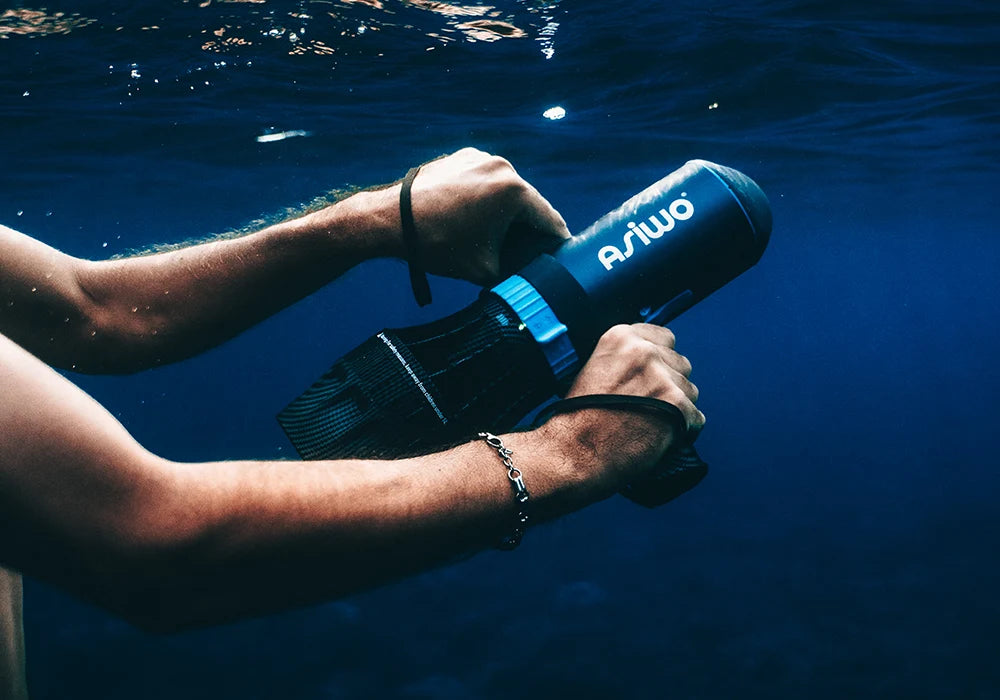

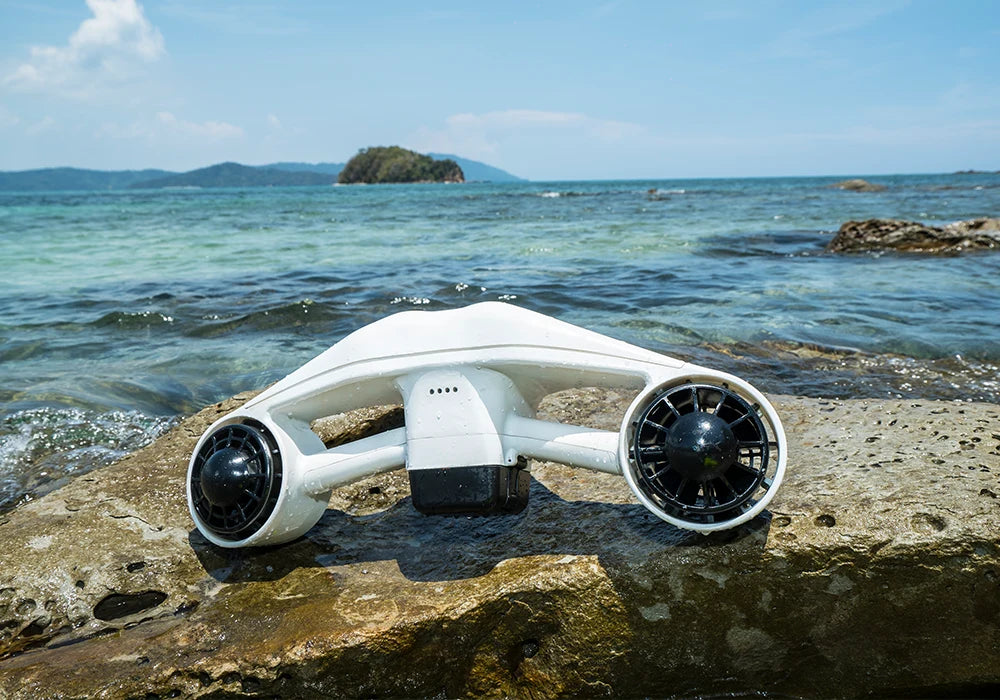
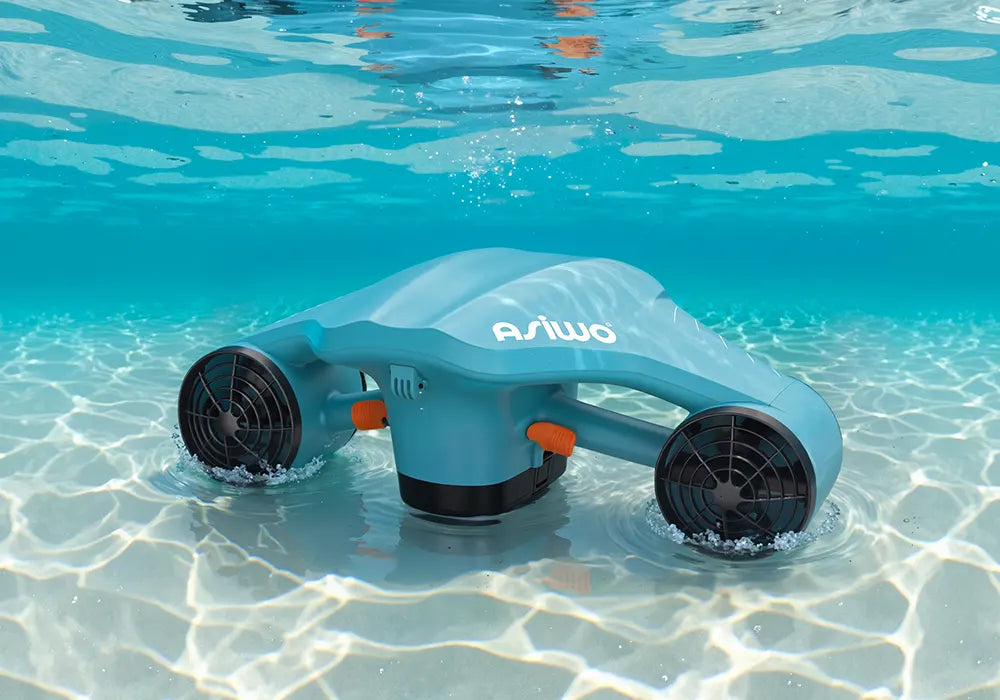
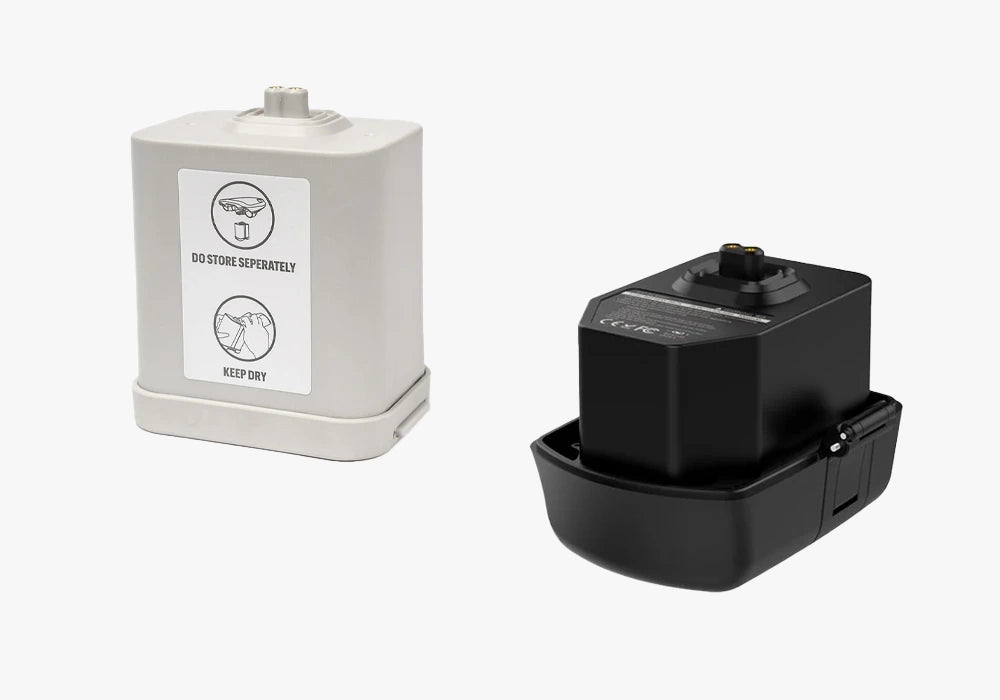





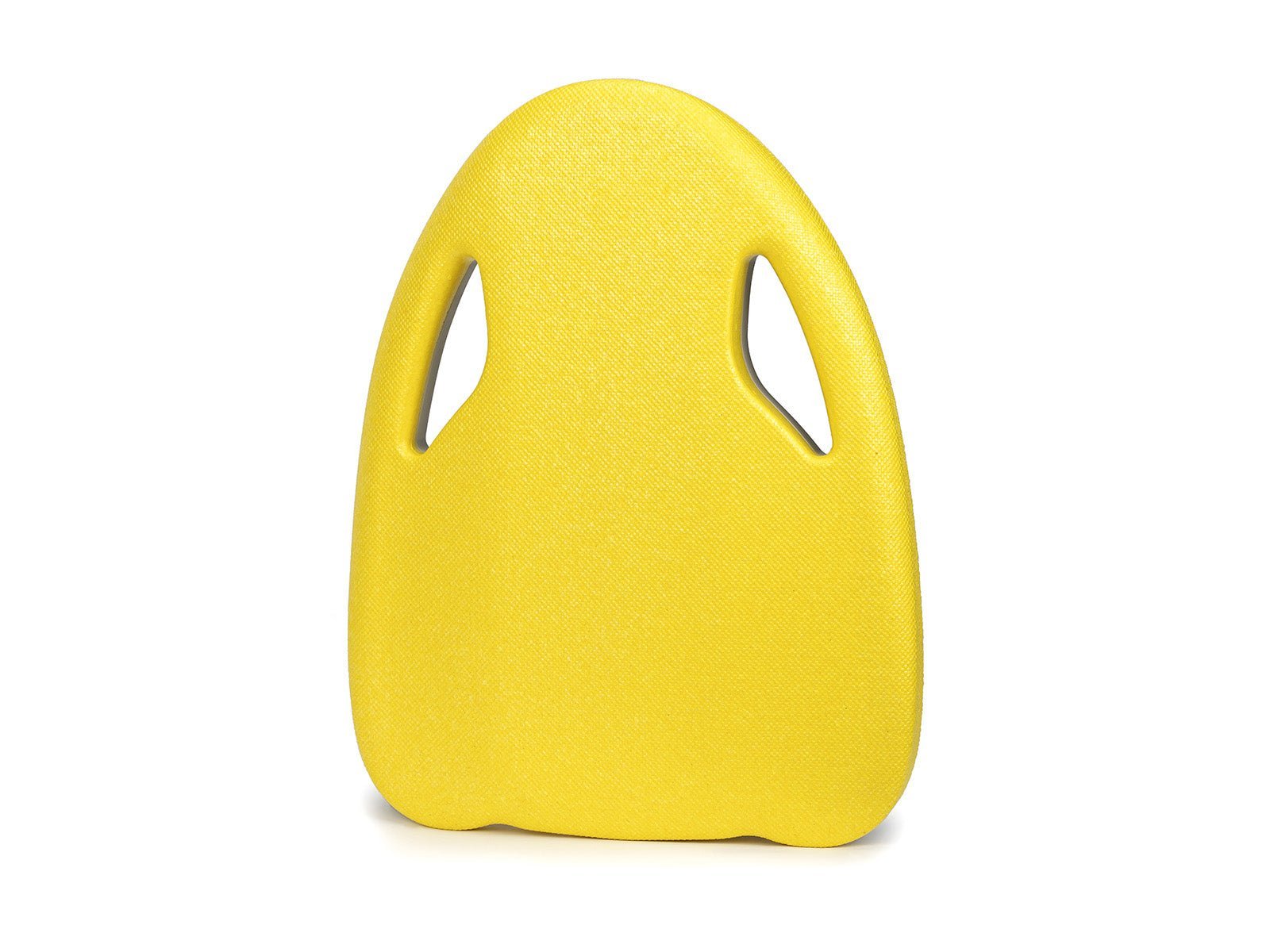
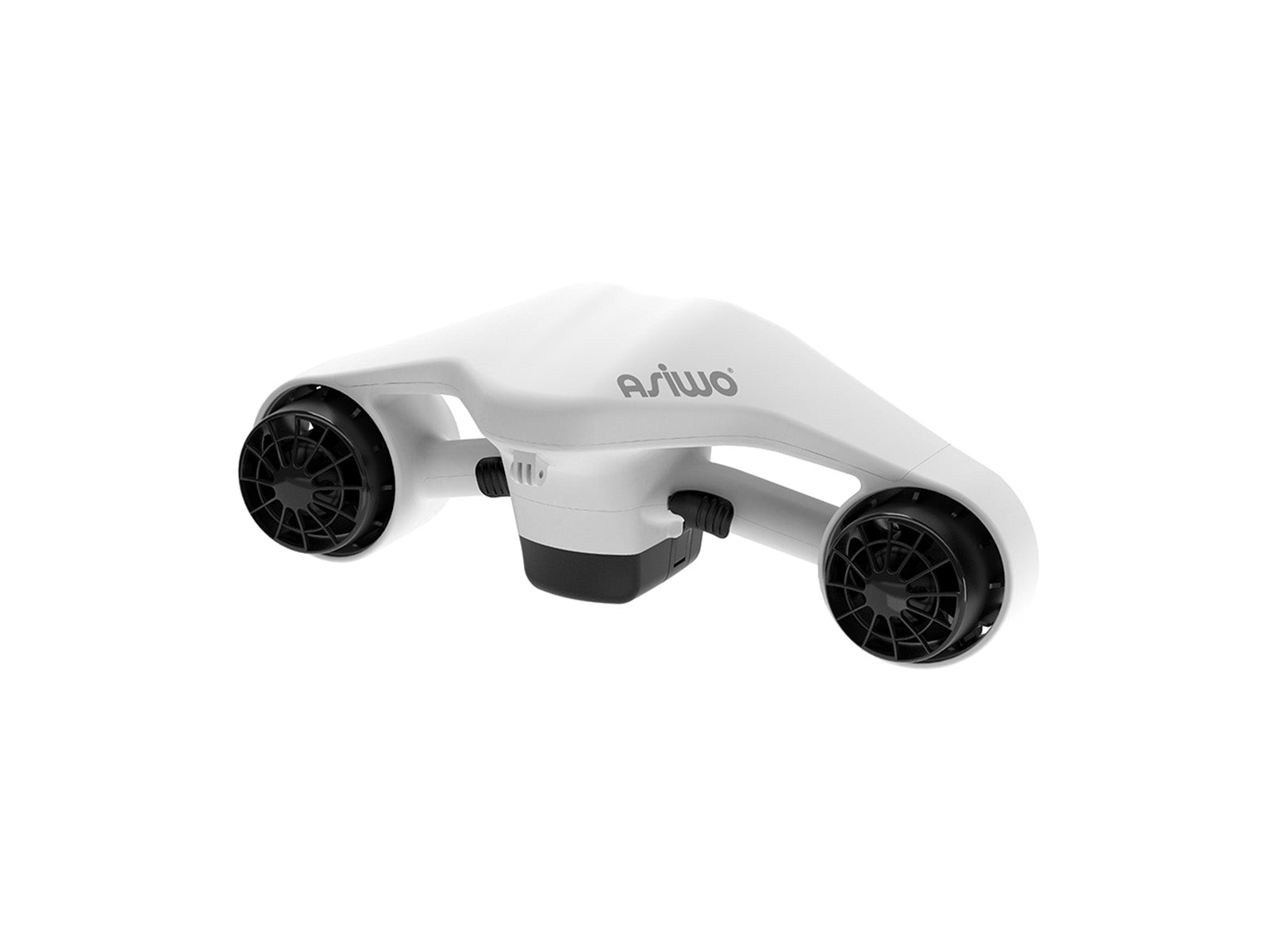
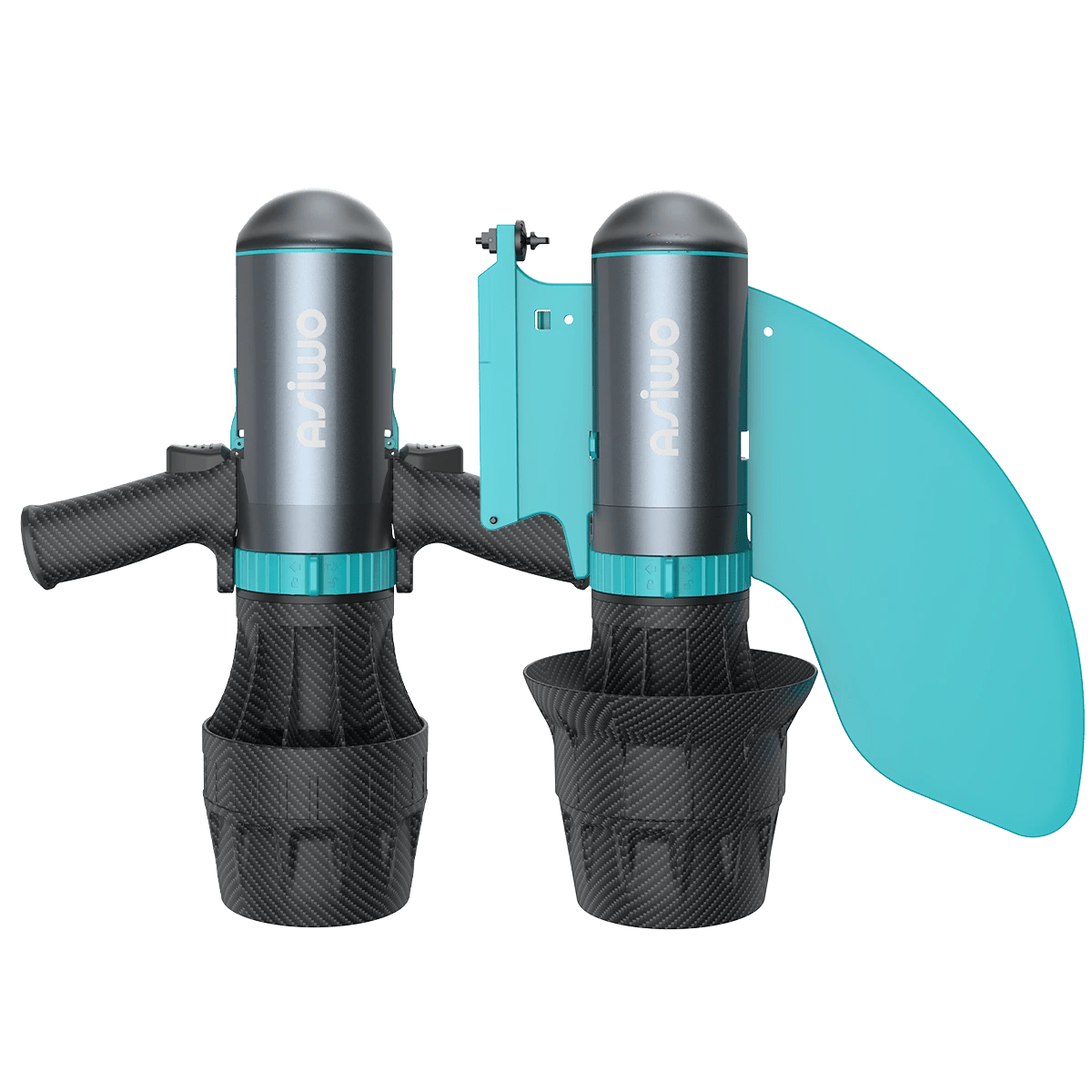
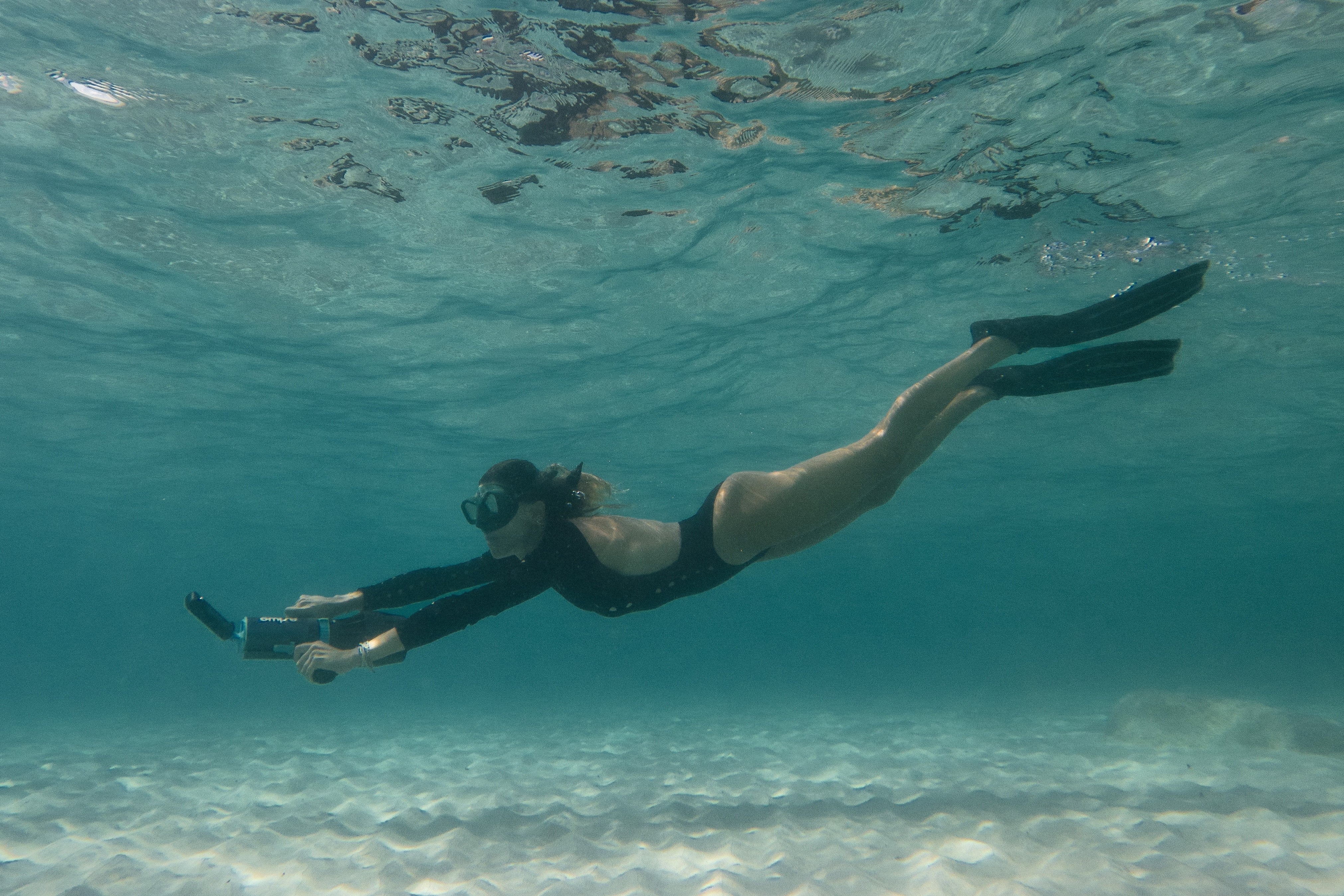
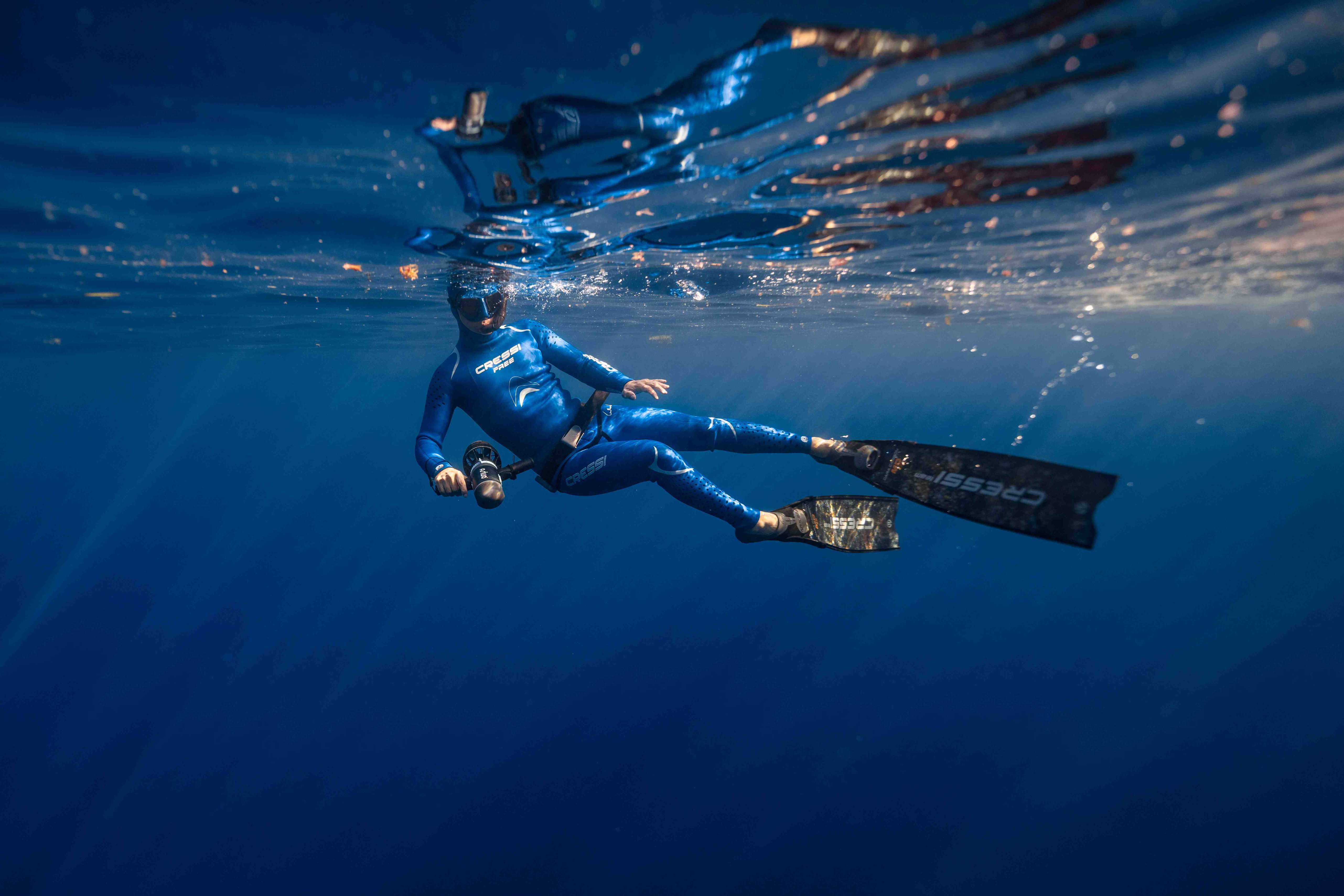

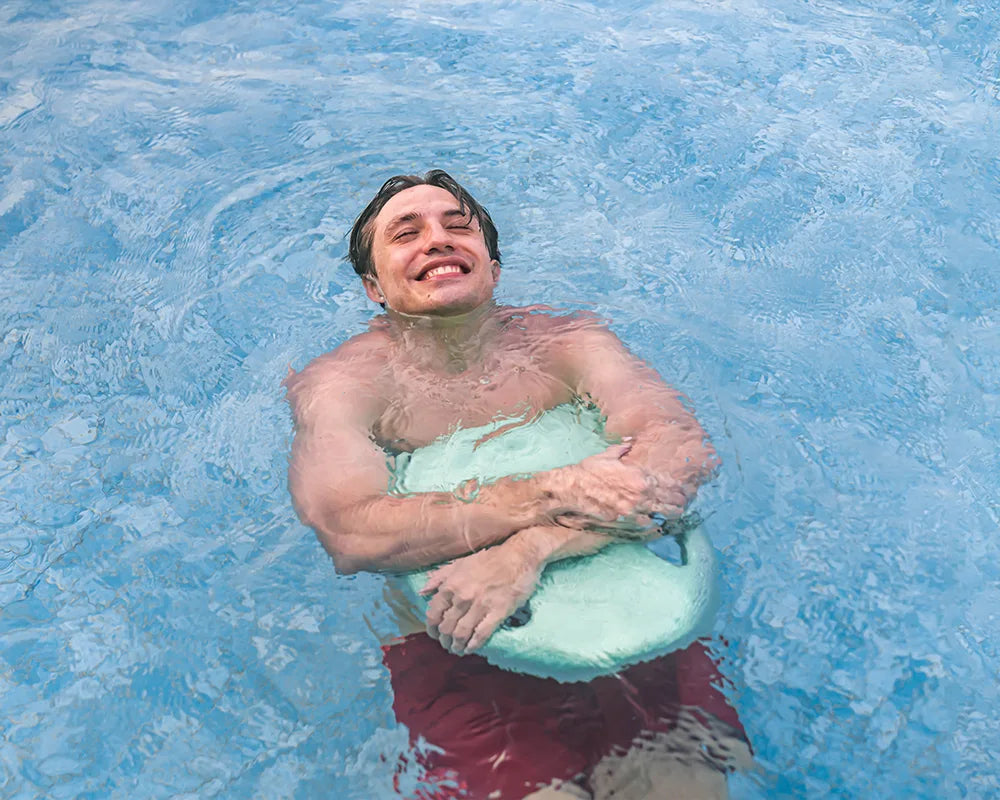
Dejar un comentario